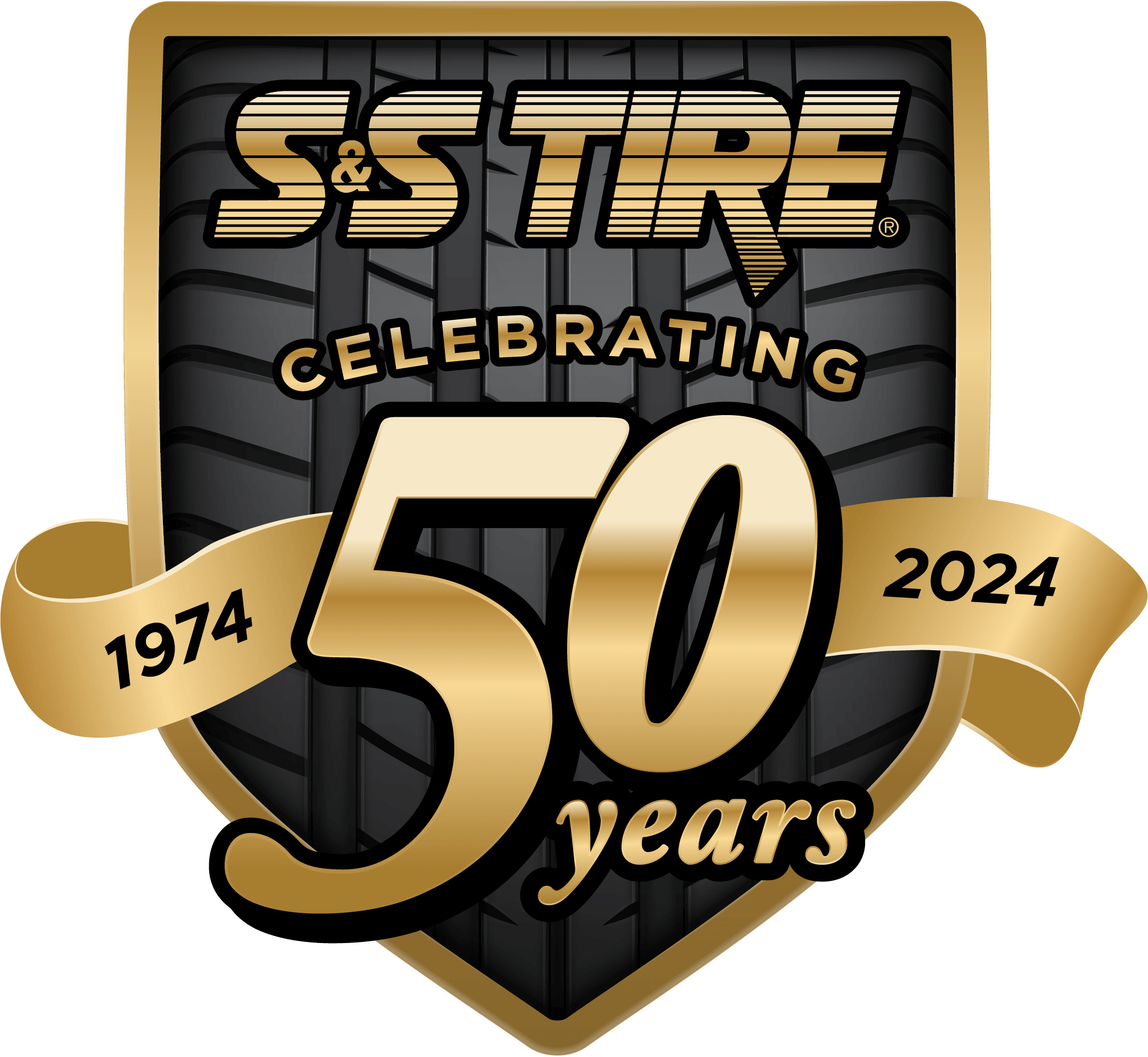 When it comes to evaluating the condition of tires, the main thing we focus on is tread wear. Typically, this is the best indication of whether or not your tires are safe and will perform as they should. There is, however, another type of tire problem to be aware of – especially when it comes to old or inactive vehicles. That issue is tire dry rot.
When it comes to evaluating the condition of tires, the main thing we focus on is tread wear. Typically, this is the best indication of whether or not your tires are safe and will perform as they should. There is, however, another type of tire problem to be aware of – especially when it comes to old or inactive vehicles. That issue is tire dry rot.
Even though the tread on old tires may look fine, periods of low pressure, inactivity or sitting for a long time in the sun or a hot garage can cause tire dry rot. Upon closer inspection, tires may show fine cracks running in a spider web-type pattern along the sidewalls to the tread, which indicates deterioration from dry rot.
On a vehicle that is driven regularly, tire dry rot is not an issue because tire pressure is more closely monitored and tread wears out before degradation from aging can occur. Vehicles that are driven only occasionally, such as collector cars or those used for recreation, are especially susceptible to tire dry rot.
In the early stages, tire dry rot can sometimes be repaired, but as a rule, tires with dry rot are not safe to drive on and should be replaced.
If it is necessary to store a vehicle for long periods of time, storing it in a climate-controlled garage and keeping the tires properly inflated will help to prevent damage from tire dry rot from occuring.
